
Animal
07:24, 19-Feb-2019
Wildlife of China: Pallas's cat
Updated
14:42, 20-Feb-2019
By Li Yunqi
00:59
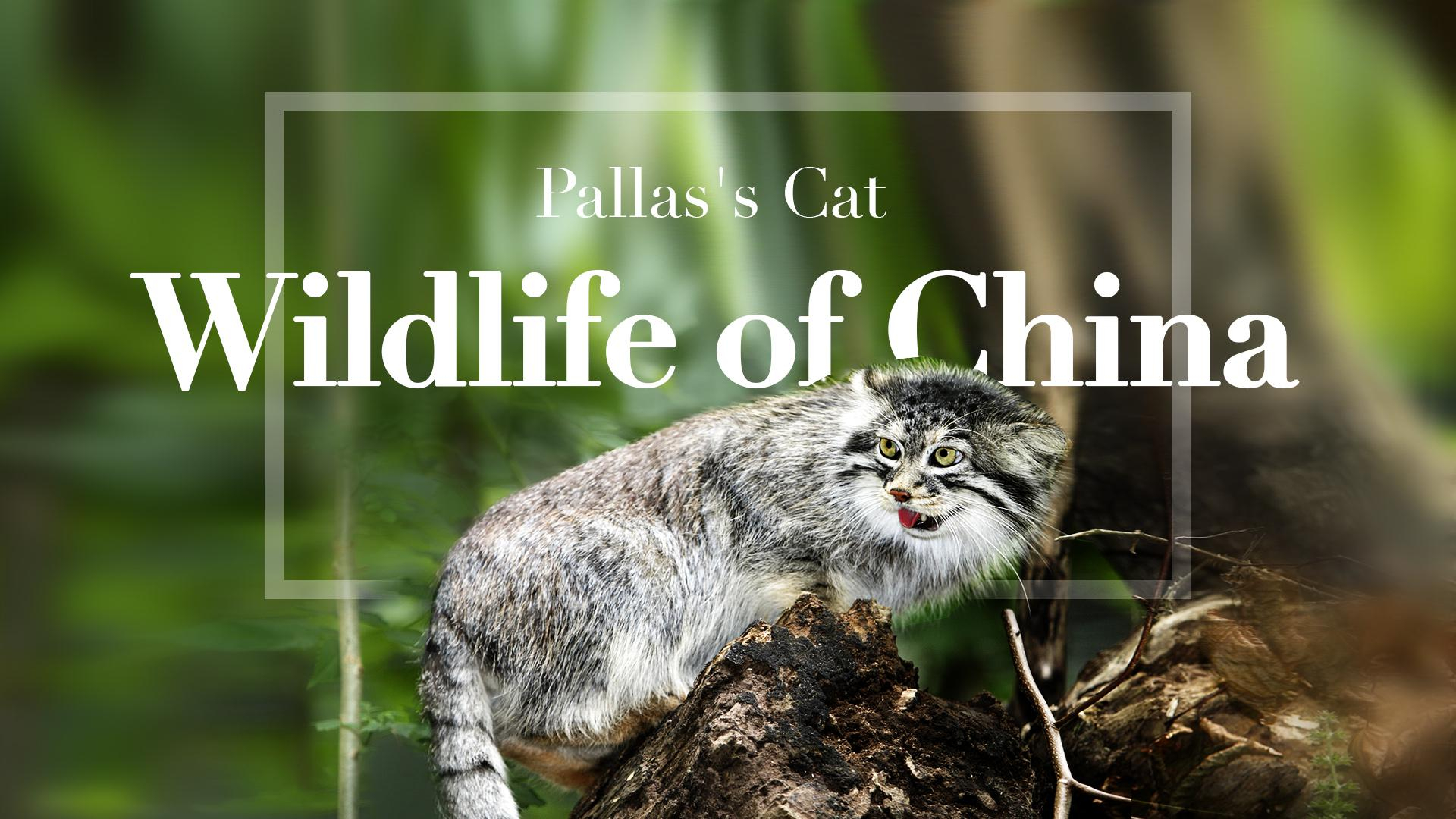
Across the vast land of the Qinghai-Tibet plateau in China lives a type of small and furry wildcat – Pallas's cat. It loves the large arid steppe and grassland.
There is little rainfall on the plateau, and the Pallas's cat loves this extreme continental climate.
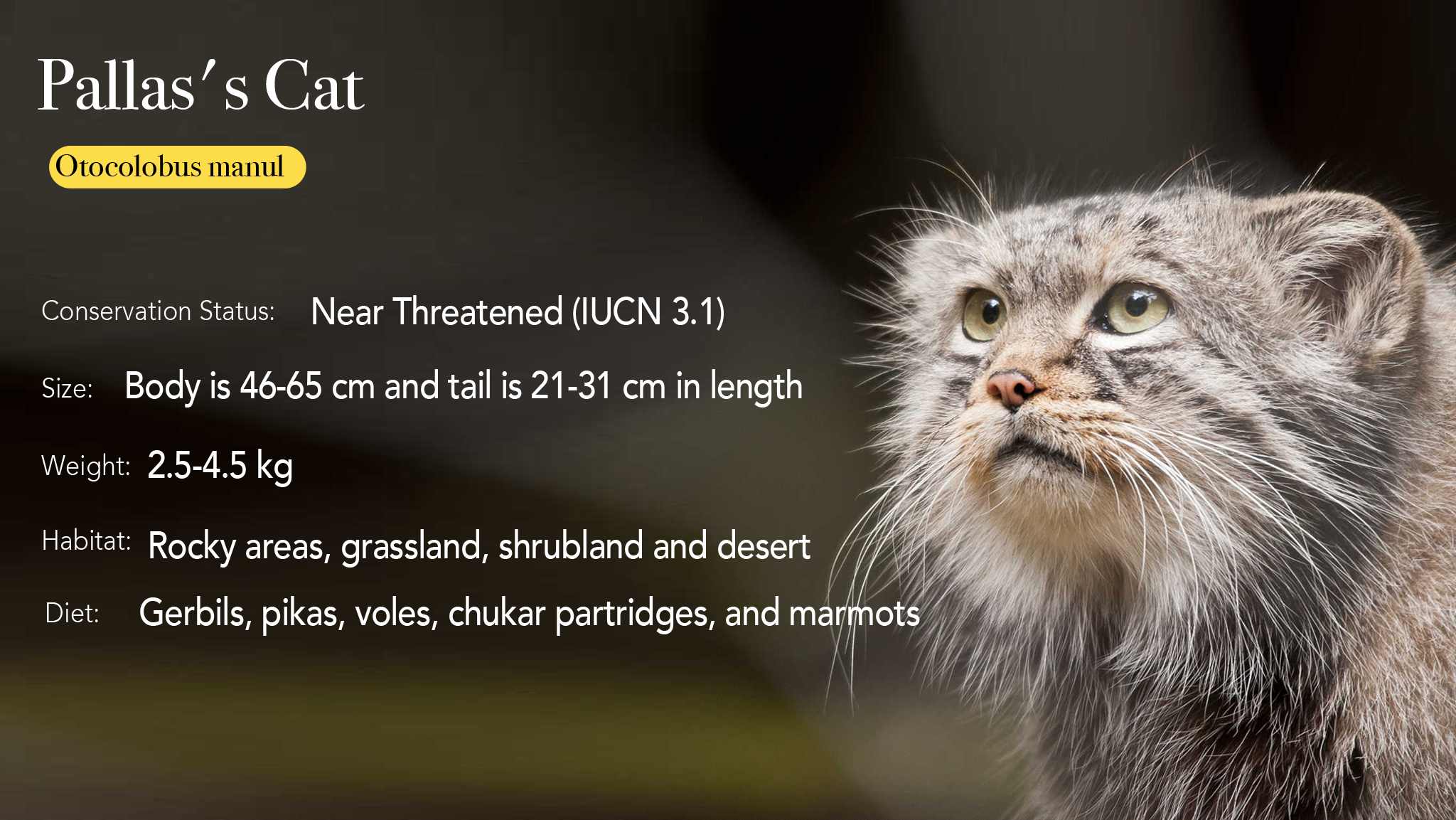
Basic facts. /CGTN Graphic
Basic facts. /CGTN Graphic
Tagged as "the world's fluffiest cat" on YouTube and with abundant social media memes, the Pallas's cat is named after the German naturalist Peter Pallas who first described it in 1776. Its scientific name, Otocolobus manul, means "ugly-eared manul" in Greek.
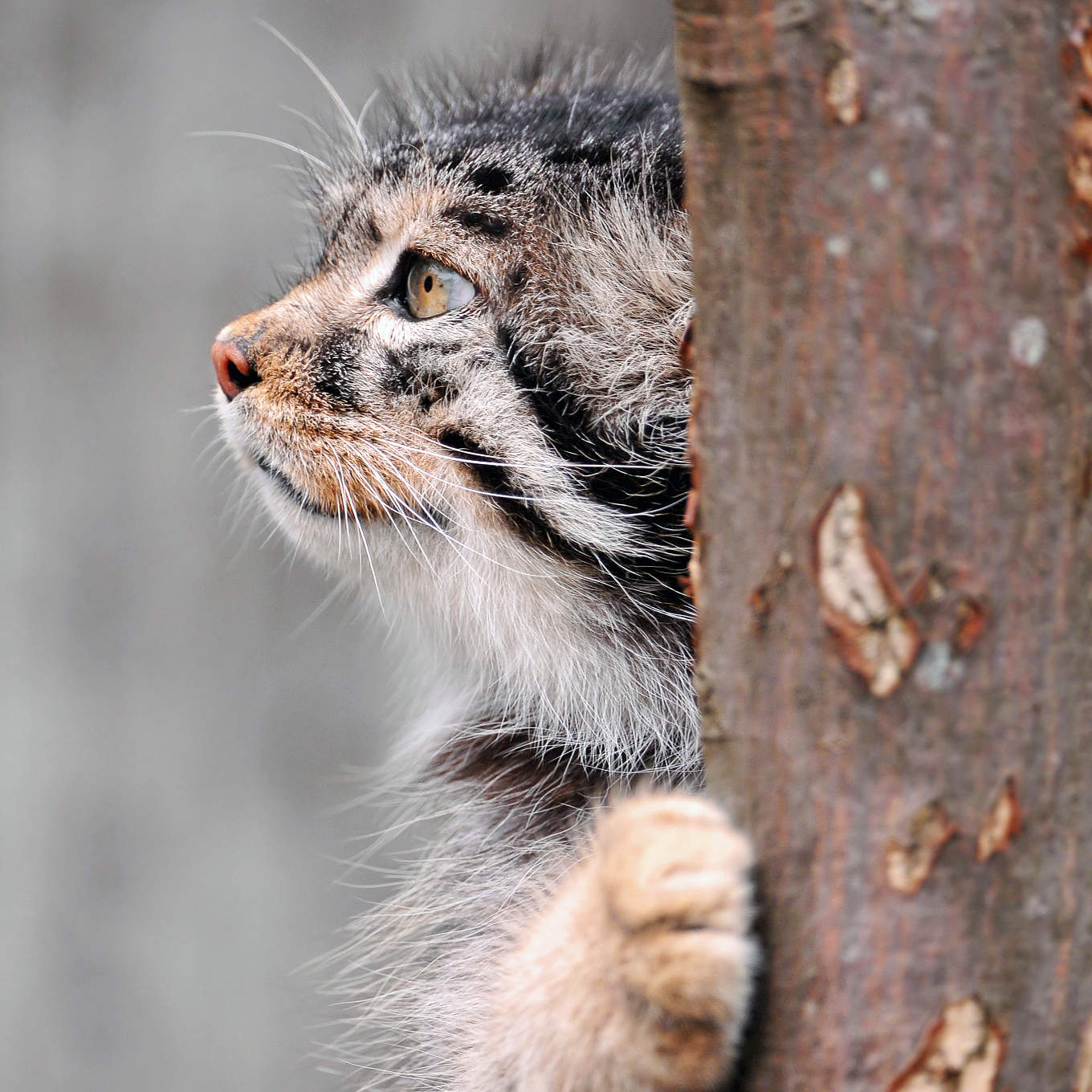
Clinging to a tree. /VCG Photo
Clinging to a tree. /VCG Photo
Pallas's cats are covered with thick and dense fur. The fur on their bellies and tails are twice as long as on their tops and sides, which help them to stay warm while hunting in snow. The fur also creates an illusion of their sizes, making them look much bigger than they actually are. In reality, they are no bigger than regular house cats. They have dark rims on their tails and dark spots on their foreheads.
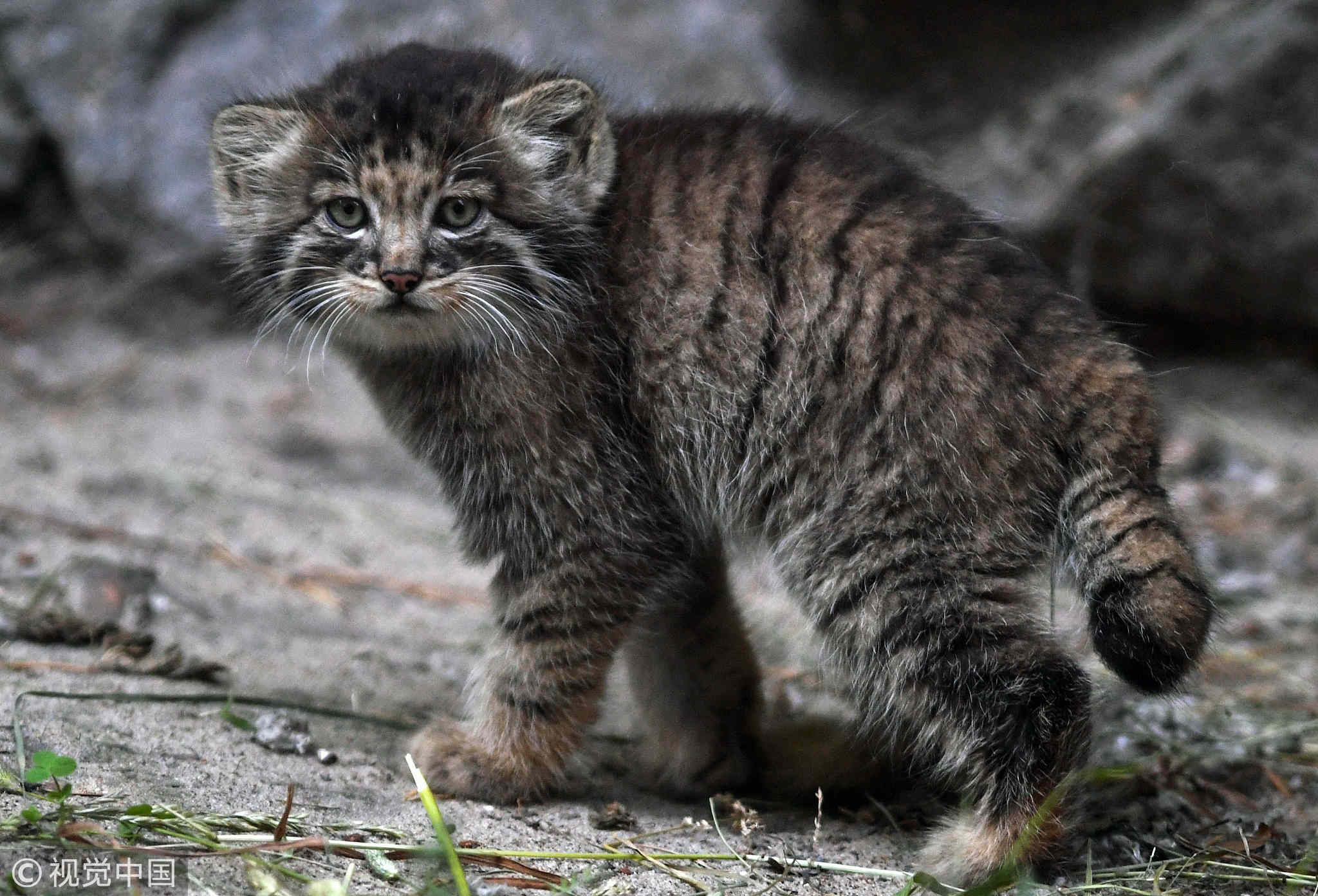
A kitten. /VCG Photo
A kitten. /VCG Photo
Fluffy and adorable as they seem to be, the Pallas's cats are in fact aggressive wildcats. They ambush predators who mainly prey on pikas and other small rodents. However, since they cannot run very fast with their stocky bodies, they would freeze and crouch in the cracks of big rocks when they sense danger. They blend in with the surroundings with the help of their fur.
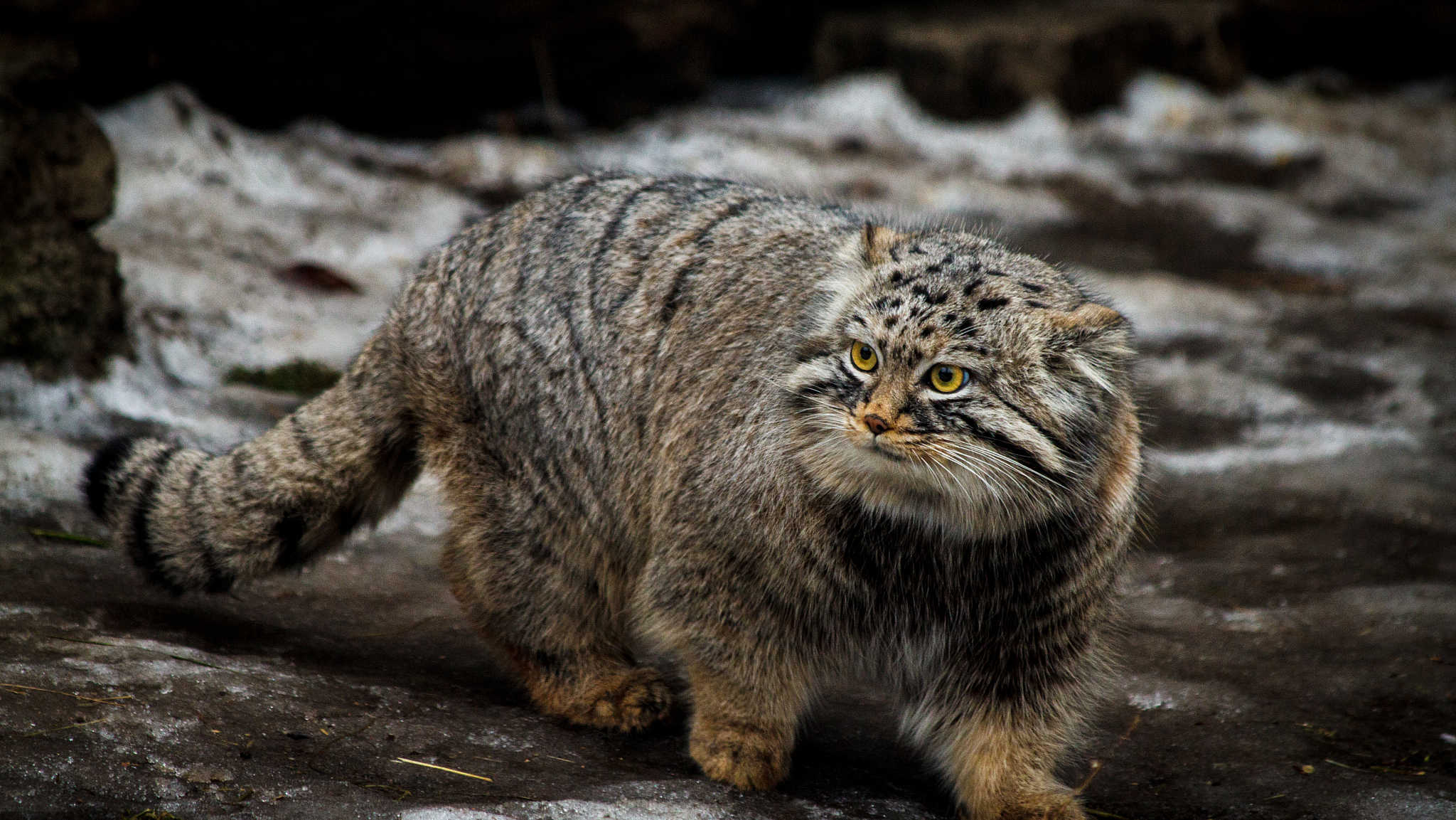
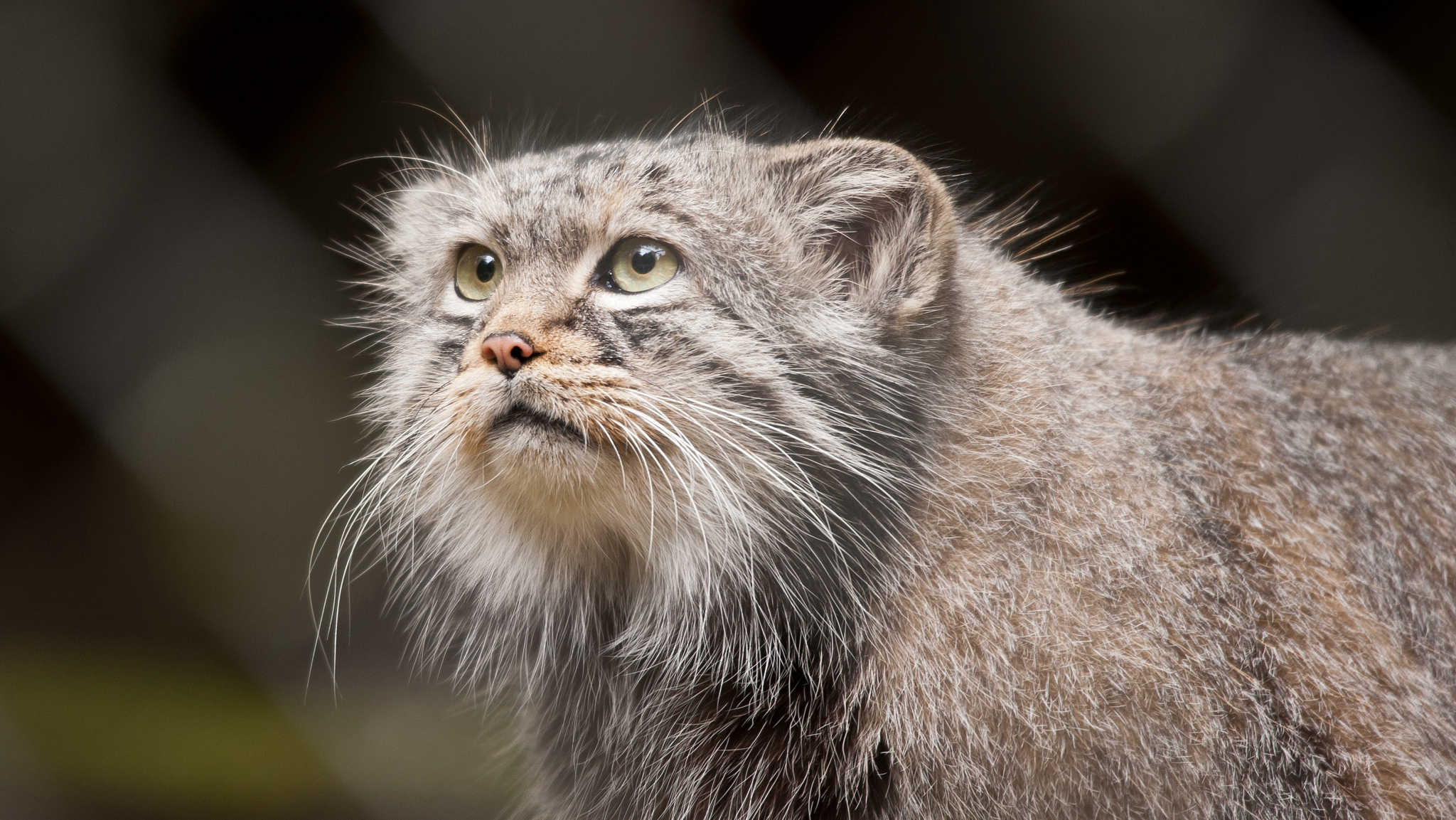
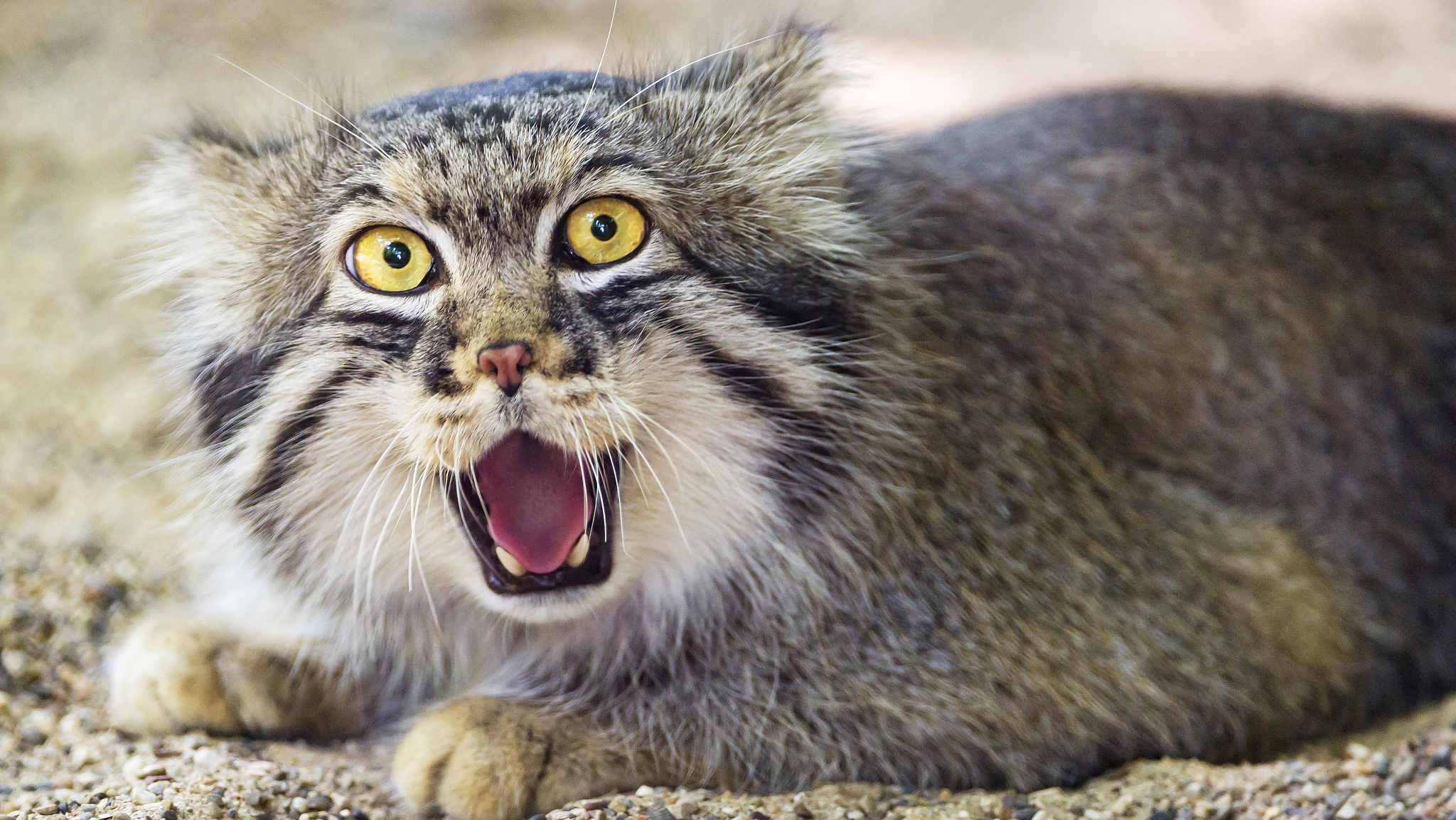
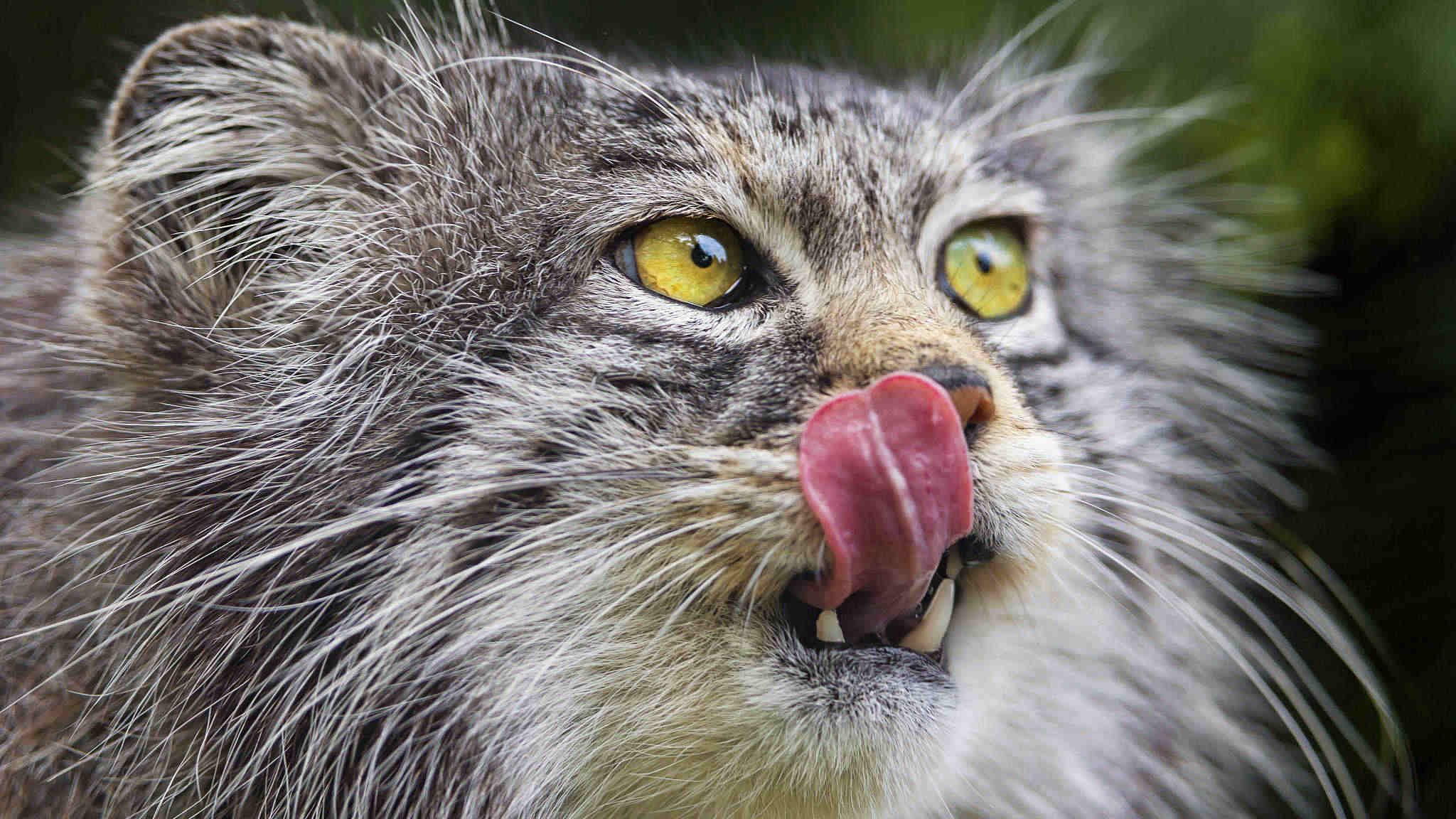
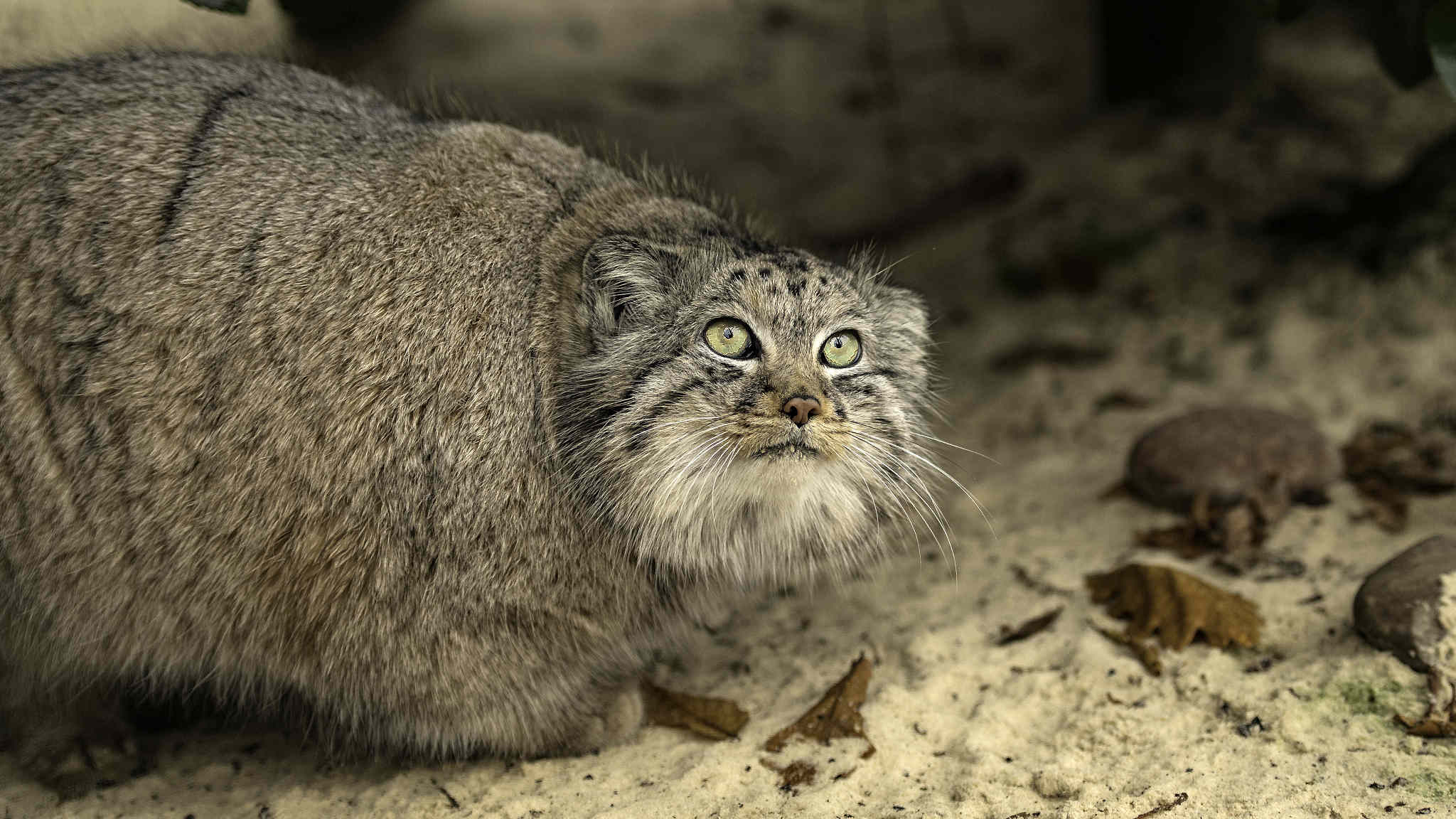
According to an assessment done by the International Union for Conservation of Nature (IUCN), the global population of adult Pallas's cats was 15,000 in 2014 and has been continuously declining. They were hunted massively for their fur, while their fat and organs were used to make traditional medicines.
(Cover image designed by CGTN's Li Yueyun)
(If you want to contribute and have specific expertise, please contact us at nature@cgtn.com.)

SITEMAP
Copyright © 2018 CGTN. Beijing ICP prepared NO.16065310-3
Copyright © 2018 CGTN. Beijing ICP prepared NO.16065310-3